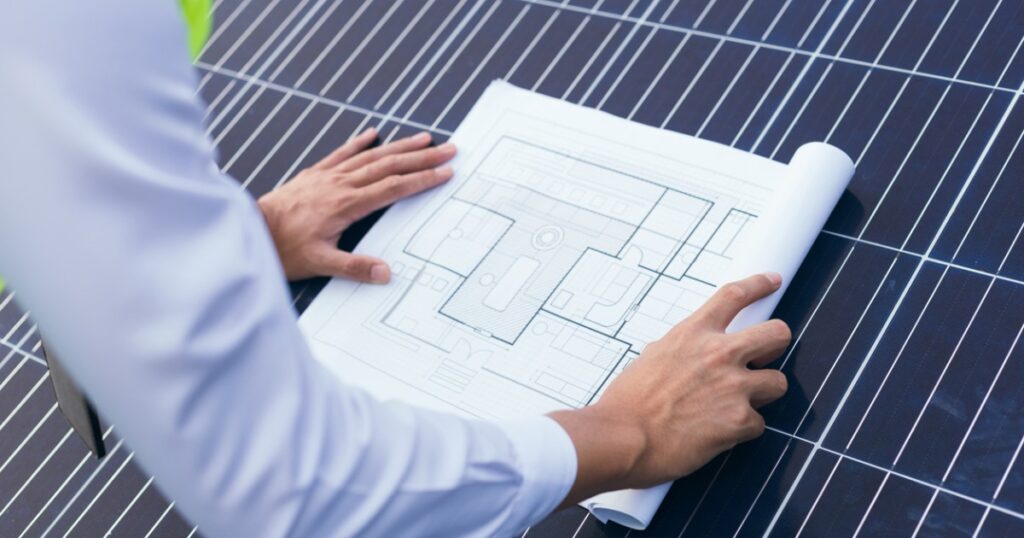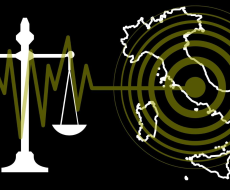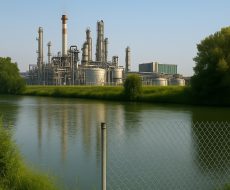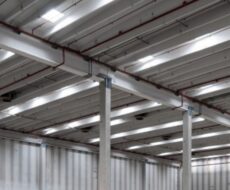
September 8, 2023
Photovoltaic systems and seismic safety: the study before installation
For a company, the installation of photovoltaic panels can certainly be of interest in order to improve the energy efficiency of manufacturing systems or the company complex.
However, the installation of a system of this type significantly increases the load placed on a warehouse and therefore requires in-depth planning to create a stable, safe and sturdy installation.
The static assessment of the roofing and, therefore of the building where the system will be installed, is a fundamental aspect in order to ensure the stability and safety of the photovoltaic system and of the company; an accurate assessment of the structural response to seismic loads will therefore be essential.
Seismic events can generate significant dynamic forces that act on buildings and their structural components, including photovoltaic panels. The seismic structural analysis aims to assess the resistance capacity of the building and the support structures of the photovoltaic panels during an earthquake.
This analysis provides critical information to design a system that can withstand seismic stresses and ensure the safety of occupants and the operational continuity of the installation.

Regulatory requirements and seismic design criteria
Local seismic codes and design criteria specify minimum requirements for seismic structural assessment of buildings and related installations, including photovoltaic panels. These include parameters such as design seismic acceleration, static and dynamic seismic actions, frequency response, vibration modes and seismic energy dissipation capacity. Seismic structural analysis takes these requirements into account to ensure that the photovoltaic system meets seismic resilience standards.
Structural modelling and dynamic analysis
Seismic structural analysis requires accurate modelling of the warehouse structure and its components, including photovoltaic panels and support structures. Using dynamic analysis methods, such as response spectra analysis and historical-critical analysis, engineers can evaluate the structural response to seismic movements and forces also in relation to modifications and events that affected the building over the time. This analysis allows for identifying critical stress zones and adopting appropriate mitigation measures, such as seismic improvement interventions.
Local and global checks
This type of control includes both local and overall checks. Local checks focus on the design of structural components, such as the connections of photovoltaic panels with supporting structures, to ensure they are able to withstand seismic stresses. Overall checks examine the entire structural system, evaluating the instability of the frame and the connections with the building or foundation, in relation to the additional load due to the new element installed.
The accurate assessment of the structural response to seismic loads and compliance with regulatory requirements allow for designing and installing safe and reliable photovoltaic systems. Seismic structural analysis includes advanced structural modelling and dynamic analysis to evaluate the building’s response to seismic events. Both local and overall checks are necessary to ensure that all structural components are able to withstand seismic stress and ensure the operational continuity of the photovoltaic system and the structure supporting it. Investing in an adequate seismic structural analysis is essential to ensure the safety of workers, especially if the building is located in a seismic zone.
Seriana S.p.A. is able to perform a full seismic risk analysis of a pre-fabricated concrete warehouse, that takes into consideration all the structural elements, whether old or new, and propose the appropriate solution if the analysis highlights a need for increasing the seismic resistance of the warehouse.






